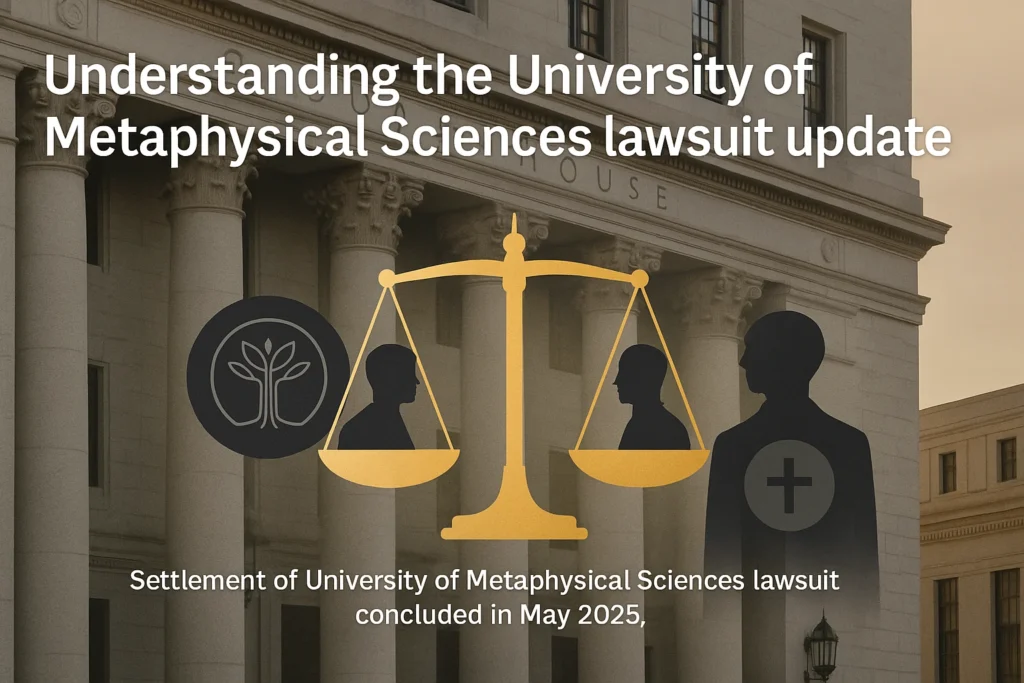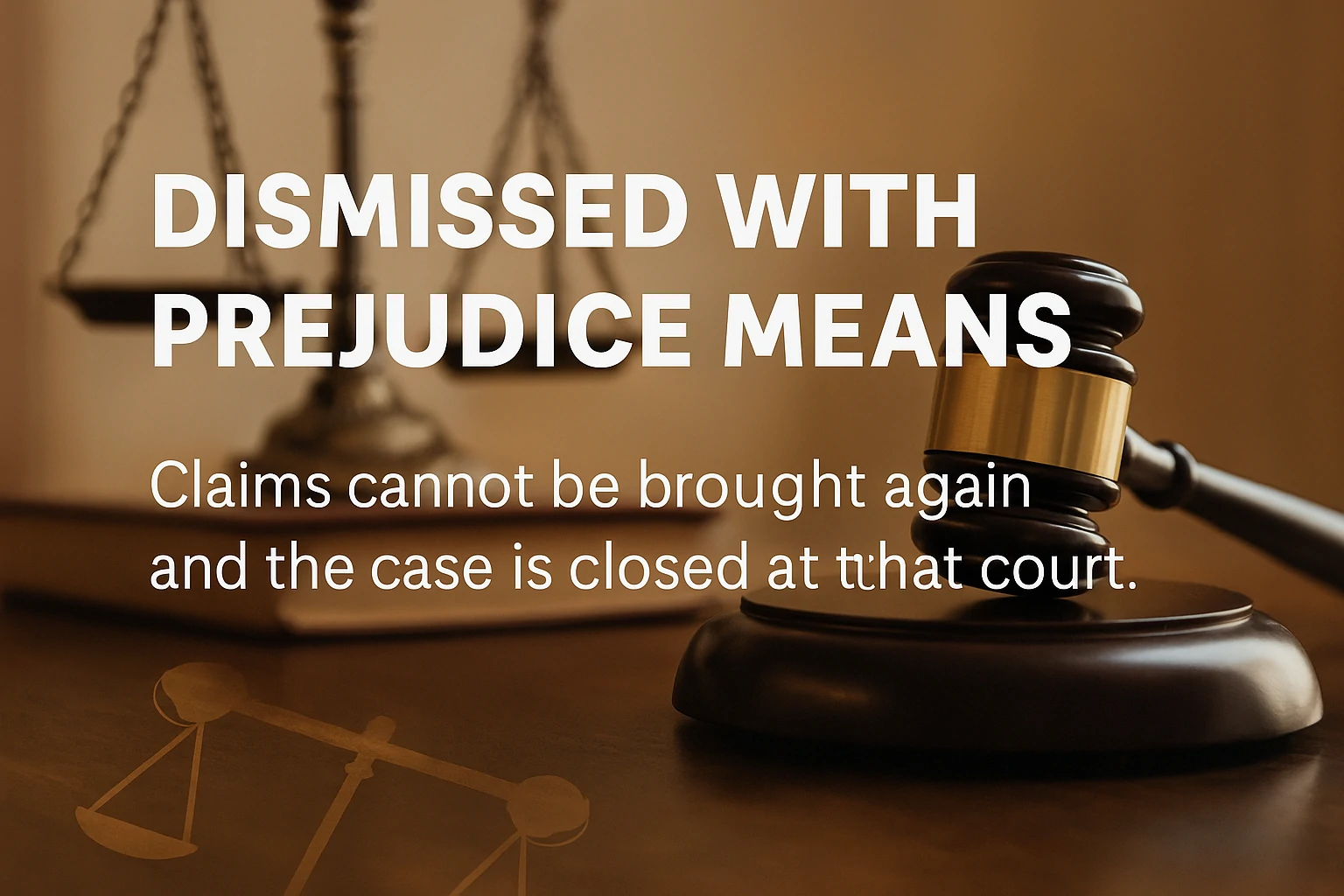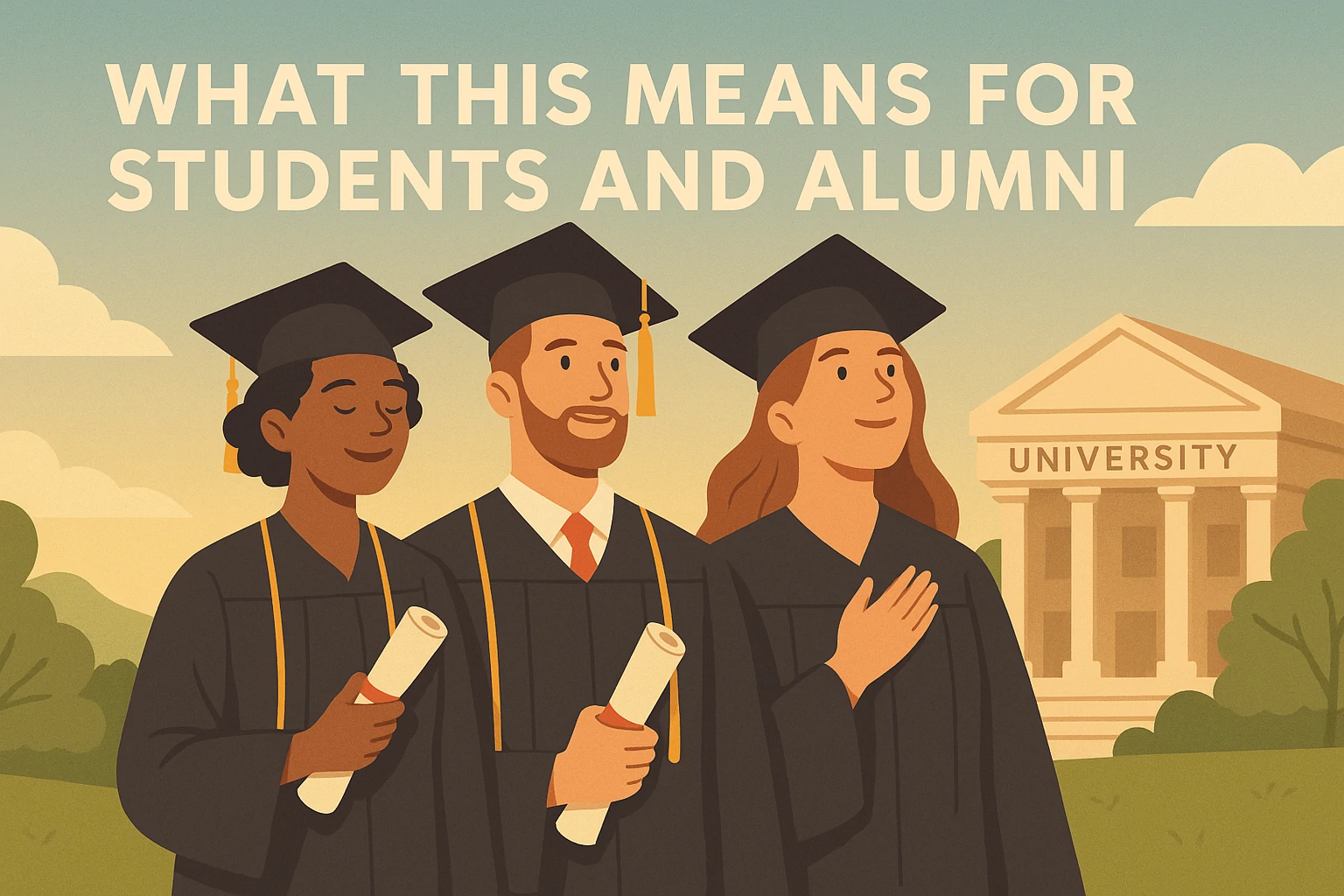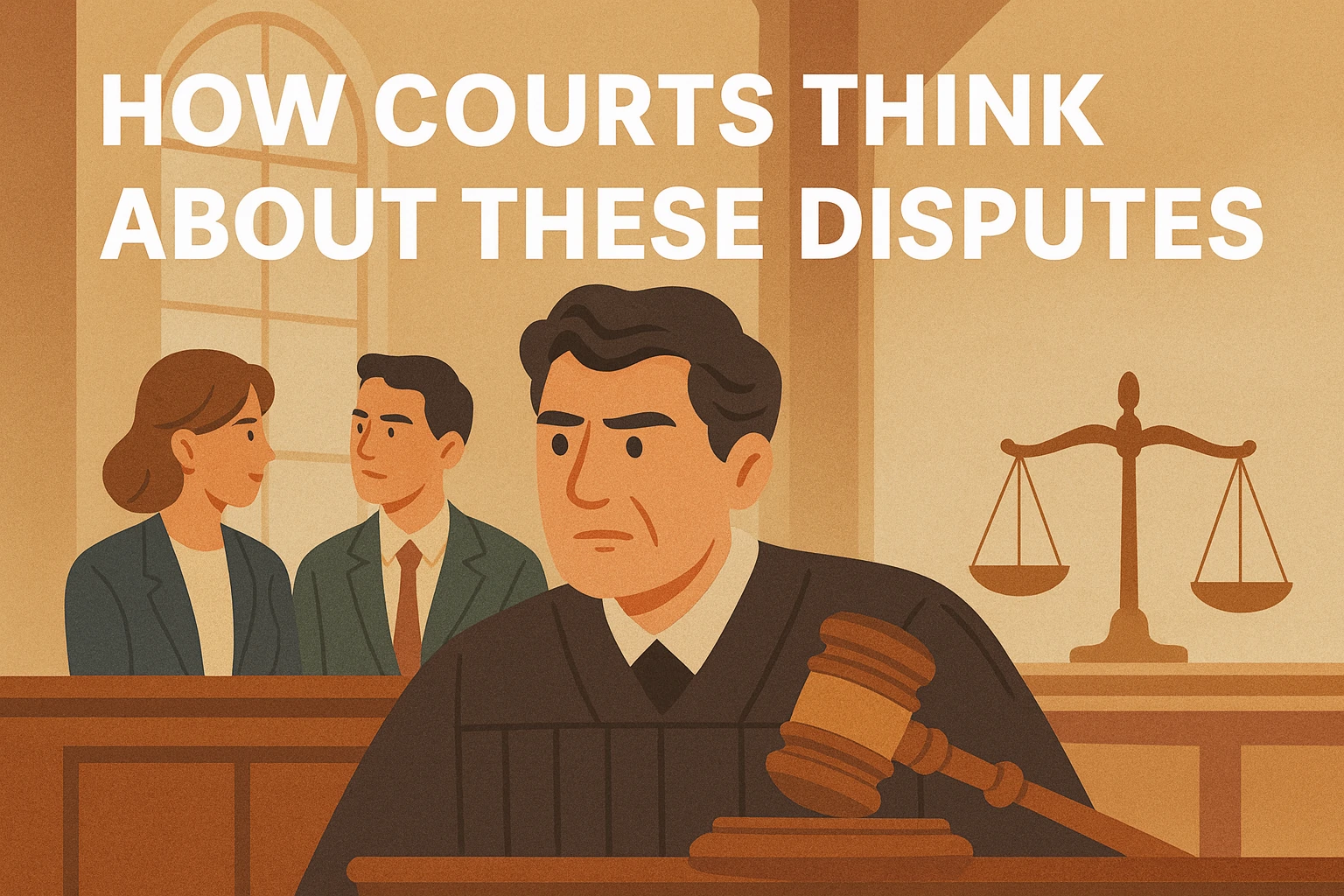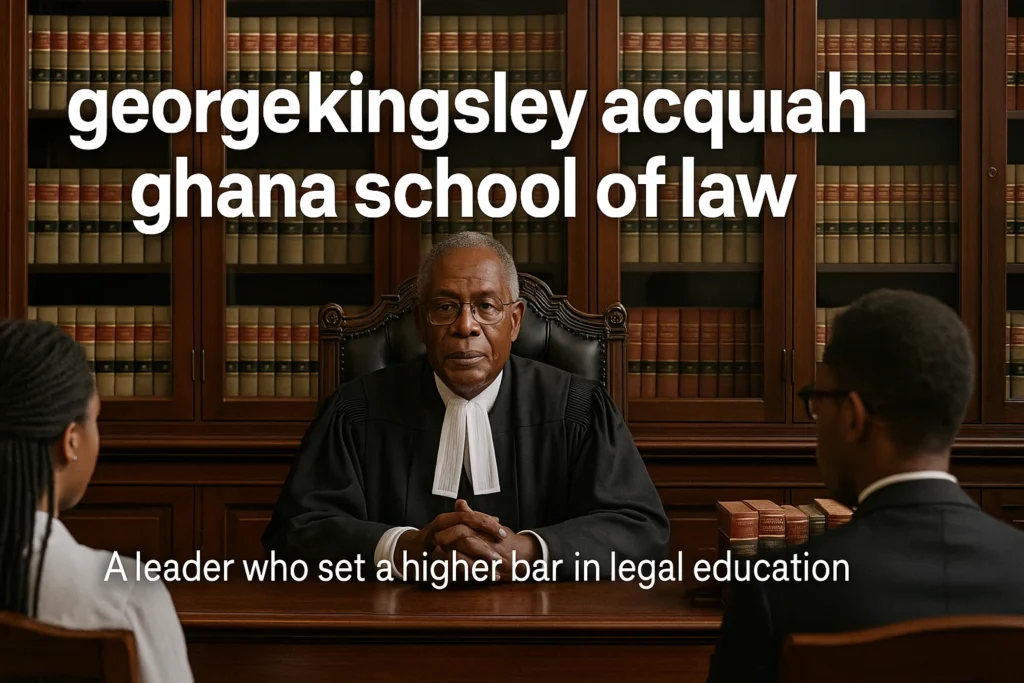News about lawsuits can spread fast. Rumors can grow even faster. Many readers need a calm, honest summary in simple words. That is the goal of this guide. You will see what the dispute was about, who took part, what the court did, and what the result means in daily life.
The University of Metaphysical Sciences, often called UMS, faced a legal fight with a rival religious education group. Both sides told their own story across many posts and statements.
Some claims matched. Some did not. That can confuse students and the public. This guide makes the path easy to follow and avoids harsh language or hype.
Courts move through steps. Parties file claims. Judges rule on motions. Cases settle or end. A single order can close a long fight. A single label on a docket can frame the nature of a case. This article explains those steps in plain terms and shows how to think about them. The aim is clarity, not drama.
Students and alumni often want to know if a lawsuit affects degrees, careers, or faith paths. This guide answers those questions in practical terms. You will also see a short list of actions you can take if you want to confirm details on your own. No special tools are required. Sound judgment and a calm review go a long way.
The Parties Involved
University of Metaphysical Sciences (UMS). UMS offers spiritual and metaphysical degrees. It teaches subjects such as meditation, ministry, and spiritual counseling. In some records, UMS appears under the church name Wisdom of the Heart. In this dispute, UMS stood on the defense side in federal court.
International Metaphysical Ministry (IMM). IMM runs the University of Metaphysics and the University of Sedona. It serves a similar audience with religious and metaphysical study. IMM filed the lawsuit against UMS. The two groups work in the same space and speak to the same kind of student, which adds pressure to any conflict.
Case Snapshot: Court, Judge, and Case Type
This case sat in federal court. The venue was the Northern District of California. A magistrate judge handled key steps.
The docket labeled the dispute as a contract case. That label sets the frame. It tells readers this was a private deal fight, not a public fraud case.
The case ran across several years. The record shows filings, motions, and orders. The court closed the matter with a final order.
What the Case Was About
The case centered on contract issues between the two sides. The record classified it as a contract dispute, not a consumer fraud case. That label matters. It means the core claims grew from agreements between the parties. It does not suggest a class action by students or a government enforcement case. Contract law often covers promises made, promises kept, and alleged breaches of duty that arose from a written deal.
Both sides also spoke about marketing and name use. One side said the other used brand terms in online ads. The other side denied that and said it had data to prove its stance. That type of claim fits a broader dispute between close competitors. It does not turn a contract case into a different kind of action. It does show why emotions ran high and why each side tried hard to control its public story.
The 2019 Agreement: Why It Matters
An earlier agreement set the base for this fight. The parties signed terms in 2019. Each side promised to follow specific rules.
A later dispute grew from that deal. One side said the other broke parts of it. The other side denied a breach.
Contract cases live or die on the text. Courts read the exact words. Courts ask what each side agreed to do and when.
The Basic Timeline
The dispute reached federal court in 2021. The case then moved through the normal steps. Parties filed motions. The court considered issues such as jurisdiction and the proper forum. The fight did not resolve overnight. It took years, not weeks. That is normal in civil litigation, especially in contract matters with a long history between the parties.
| Date / Period | Stage | What It Means |
|---|---|---|
| 2021 | Case filed in federal court | Contract dispute begins in the forum. |
| 2022–2023 | Motions and orders | Court handles power, claims, and procedure. |
| 2024 | Case still active | Public notes reflect an ongoing action. |
| May 2025 | Dismissal with prejudice | Claims in this action end and do not return. |
Public statements from 2024 showed the case still on foot at that time. A later statement in 2025 stated that the court dismissed the case with prejudice in May of that year. Those two notes do not clash when read in order. A case can be active at one point and then reach a final dismissal later. Dates explain the full picture. The key is to read claims within their time window and not mix them.
Procedural Steps in Plain Words
| Step | What It Means |
|---|---|
| Complaint | Plaintiff starts the case and states claims. |
| Answer | Defendant replies and raises defenses. |
| Motions | Each side asks the court to rule on issues. |
| Orders | Judge decides motions and sets next steps. |
| Disposition | Court closes the case with a final entry. |
Jurisdiction and Diversity: Do Courts Have Power?
A federal court needs a hook. The court must have the power to hear the case.
Jurisdiction answers that question. Diversity can also matter. Parties from different states can land in federal court if the amount at stake clears a line.
If the court lacks power, the case stops. This is not a side issue. It can decide the forum and the fate of claims.
Evidence in a Contract Case
Proof comes from records. Emails, invoices, and the signed deal carry weight. Logs and ads data can also help.
Dates matter. A record that lines up with the timeline can break a claim or save it.
Courts look at clarity. Courts ask who promised what, who paid, who delivered, and who did not.
What “Dismissed With Prejudice” Means
A dismissal with prejudice closes the door on those specific claims in that court. The plaintiff cannot bring the same claims again there. That is a final end to the dispute as framed in that case. It is not a jury verdict in favor of one side after trial. It is not the same as a settlement with money paid. It is a court order that brings the matter to a close for those claims. That is why parties often point to it as a clear finish line.
A dismissal can arise for many reasons. The court might grant a motion that ends the case. The parties might file a stipulation that leads to a dismissal with prejudice. The record would show the exact route. The practical meaning for readers is the same: the live case ends, and the same claims do not return to that court.
What the Case Was Not
Many online posts use big words and harsh labels. Those words can scare students and readers who just want the truth. The case record did not frame the matter as a student fraud action. It did not list allegations from a class of students. It did not read like a government case that seeks penalties on behalf of the public. It sat under contract, which tells a different story.
That point does not take sides. It sets the scope. Contract fights can still feel intense. They can carry high costs and deep stress. They also shape how two groups can use names, brands, or past agreements. Yet a contract label does not reach into every topic people might discuss online. It keeps the case within a private dispute between organizations.
What the Court Did Not Decide
The court did not judge faith. The court did not set the worth of a degree.
The court did not rule on course quality or spiritual method. The court did not rate student support.
The court read a contract. The court handled a private dispute. That is the scope.
Why This Dispute Drew So Much Attention
Two faith-based education brands share a narrow field. Each brand speaks to seekers, ministers, and coaches. Each brand cares about search results, student interest, and public trust. Any claim about names, ads, or old settlements can flare up quickly. Each side fights hard to guard its mission and image. The public then sees strong statements, firm denials, and sharp timelines that do not always match.
Another reason is the subject itself. Metaphysical study sits outside mainstream higher education. Many students want spiritual growth, not a state license. Some hope to blend ministry with coaching. Others want a personal path. That mix invites debate about recognition, value, and use of degrees. A lawsuit between two major names in this niche will always draw curiosity.
Competing Schools, Close Markets
Two schools serve a narrow field. Each seeks students with similar goals.
Names, search terms, and brand use can create heat fast. Small shifts can feel large in a niche space.
Public posts then echo across forums. Stakes feel high because the audience overlaps.
How to Read Party Statements With Care
A party statement serves the party. That is not a flaw. It is the nature of advocacy. Each side will highlight facts that support its position. Each side will use strong yet lawful language. A reader can still get value from these posts. The key is to note dates, terms, and claims. Read both sides. Set them next to each other. Ask simple questions:
- What is the claim?
- What date ties to it?
- What does the court record say about the stage of the case at that time?
Most confusion clears up after those three steps. A claim from mid-2024 can live beside a dismissal in mid-2025. A harsh headline can shrink once you match it to a narrow legal claim. A broad accusation can fade when the court’s label says “contract.”
Reading Dates With Care
Dates fix the story. A 2024 note can be true at that time. A 2025 dismissal can also be true later.
Order matters. Claims before a final order reflect a live fight. Claims after the order reflect an end.
Match each public statement to its date. Most confusion ends once you do that.
What This Means for Students and Alumni
Degree value. A contract case between two institutions does not, by itself, change the nature of a degree. Employers and boards judge degrees under their own rules. Many spiritual and metaphysical programs sit in a religious space. That space has different norms than state-licensed fields. If you seek a role that needs a license, contact the board first and ask clear questions about degree use. If you seek ministry, coaching, or spiritual guidance work, ask potential clients or groups what they expect.
Accreditation and recognition. Religious schools often follow religious exemptions or private approval paths. That can serve a faith mission well. It may not map to state licensing in clinical fields. Match your goals to the program’s promises. If the program suits your spiritual path, that can be enough. If you want a role that needs a license, verify in advance. A lawsuit about contracts does not resolve that separate issue.
Financial planning. Always read tuition terms, refund policies, and transfer options. Ask if the school verifies degrees for employers or graduate study. Keep copies of emails and policies. Calm planning reduces risk far more than headlines do.
Reputation and support. Reach out to current students and alumni. Ask about course delivery, faculty access, and post-program support. One story will not tell the whole truth. Ten short notes from real students will show a stronger, clearer picture.
Glossary: Ten Legal Words in Simple English
Complaint: The paper that starts the case.
Answer: The reply that denies or explains claims.
Motion: A request for a court ruling.
Order: The judge’s decision on a request.
Stipulation: An agreement filed with the court.
Prejudice: A bar that stops the same claim from returning.
Jurisdiction: The court’s power to hear a case.
Settlement: A private deal that ends the dispute.
Injunction: A court order to do or stop something.
Discovery: The exchange of evidence between parties.
Common Myths and Simple Replies
Myth 1: Every lawsuit means fraud.
Reply: Some cases are pure contract fights.
Myth 2: A case kills a degree.
Reply: Degree value depends on goals and rules in your field.
Myth 3: A dismissal hides a payout.
Reply: A dismissal with prejudice closes claims. It does not prove a payout.
Myth 4: One post tells the whole truth.
Reply: Dates and records tell a better story.
Myth 5: Court labels do not matter.
Reply: Labels frame the scope and the issues.
Myth 6: Outcomes arrive in weeks.
Reply: Civil cases often take years.
Myth 7: A contract case proves program quality.
Reply: Program quality needs other measures.
Myth 8: Parties never exaggerate.
Reply: Advocacy highlights one side.
Myth 9: A degree works the same in all states.
Reply: Rules shift across borders.
Myth 10: Public debate decides the law.
Reply: Courts decide cases with facts and rules.
Practical Checklist If You Are Researching UMS
- Write down your goals in one page. State whether you need a state license or only a spiritual credential.
- Compare the program’s promises to those goals. Look at course lists, practicum needs, and expected outcomes.
- Ask the school direct questions about degree verification, transfer credit, and support after graduation.
- If licensing matters, contact your board. Ask in simple words whether this degree meets any part of the requirement.
- Gather at least five student views. Short, honest notes from real people beat any headline.
- Keep a file with policies, receipts, and emails. Clear records protect you if disputes arise.
How Courts Think About These Disputes
Courts look at the contract first. Judges ask what the parties agreed to do. They then ask what acts broke the agreement. They weigh defenses and legal standards. Jurisdiction may also appear. The court must have the power to hear the case. If parties live in different states, rules on diversity may apply. If a settlement exists, its words control the outcome. These steps do not rely on big moral claims. Courts use law and fact, not passion.
A case can also end through a stipulation between the parties. That means both sides sign an agreement to dismiss. The court then enters the dismissal with prejudice. Each side returns to its work. Public debate may continue. Yet the legal dispute in that court ends right there.
How Schools Can Communicate Better
Schools should date every update. Policies should sit in one clean page.
Notices should use plain words and short lines.
A clear note at each step builds trust and calms fear.
Why Careful Reading Matters
Online debate can harm real people. Students can fear that their choice will look bad. Alumni can feel stress about a past decision. Staff can face questions from family and friends. Calm reading helps. Labels, dates, and orders tell a better story than loud posts. Facts do not shout. Facts stand. You can rely on that.
Careful reading also shows respect for faith paths. Metaphysical study sits close to personal belief. People deserve kindness as they choose a path that speaks to the soul. A court fight between two institutions should not erase that dignity.
Editor’s Notes on Tone and Clarity
This guide uses short sentences and simple words. The tone stays neutral and calm.
The aim is clear facts first. No hype. No harsh labels.
Readers deserve light, not heat. Clarity serves that goal.
Conclusion
Legal disputes can cast long shadows. A reader may fear the worst, yet the record here points to a private contract fight that ran its course. The case moved from filing to motions.
It reached a final dismissal with prejudice. Public posts from each side reflected the stage of the case at the time they wrote them. Early notes said the case was still active. Later notes said the case ended. Dates resolve the tension.
The lesson is simple. Look at labels, dates, and final orders. Do not let loud claims overshadow quiet facts. A contract case between two institutions tells you about their promises to each other.
It does not, by itself, decide the worth of your spiritual path. If you plan to study metaphysics or ministry, keep your focus on fit, support, and clarity. Ask questions in plain words. Keep records. Confirm any licensing needs in advance. Sound choices come from calm review, not fear.
A degree is one part of a larger life. Your path may include service, coaching, or ministry. Your path may include private growth and study. A lawsuit between two schools does not define that journey. Solid facts, steady steps, and clear goals do.
Common FAQs
What was the lawsuit about?
It was a contract dispute between two religious education groups. It focused on agreements and alleged breaches, not on a student class action.
Who sued whom?
International Metaphysical Ministry filed the suit. University of Metaphysical Sciences stood as a defendant.
How did the case end?
The case reached a dismissal with prejudice in 2025. That means the claims in that action ended and cannot return to that court.
Does the case change the value of a degree?
Not on its own. Degree value depends on your goals and on the rules of the field where you plan to work.
What should a student do next?
Match your goals to the program. Check any license rules with your state board. Ask the school direct questions about support and verification.
Disclaimer: The information in this article is provided for general educational purposes only. It does not constitute legal advice. Readers should consult a qualified attorney for specific legal guidance regarding the University of Metaphysical Sciences lawsuit or any related matter.

